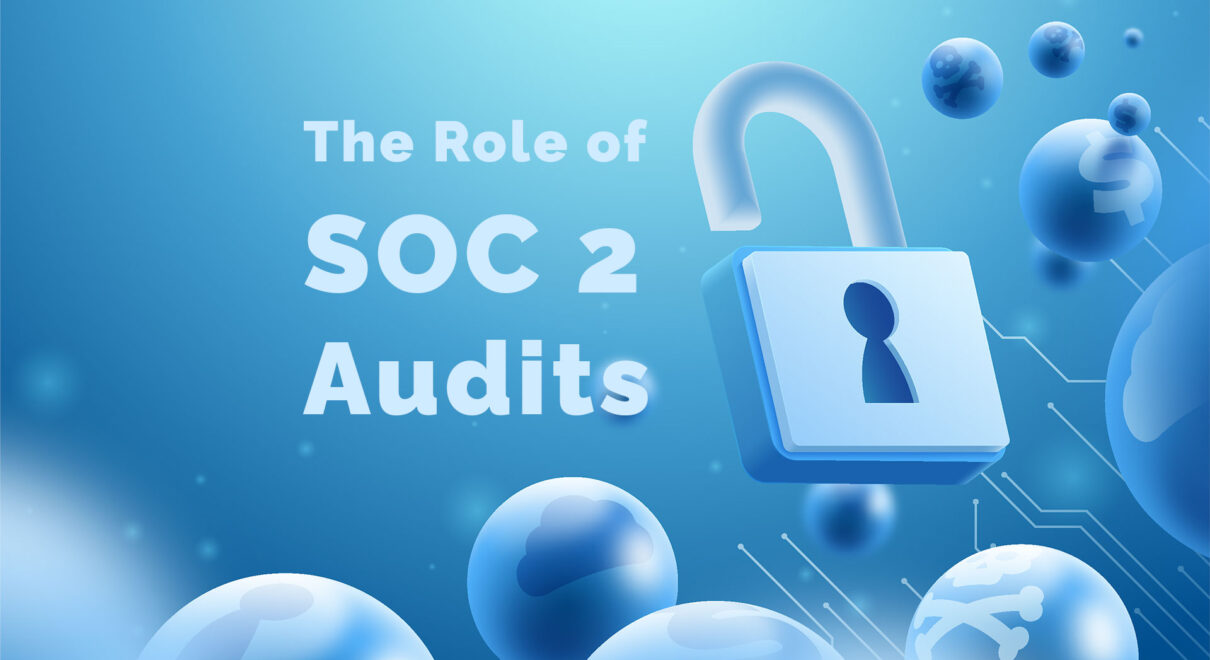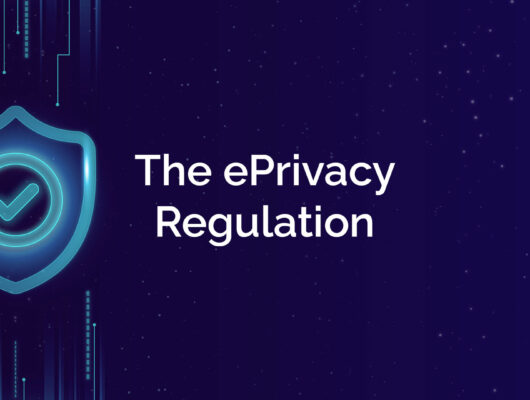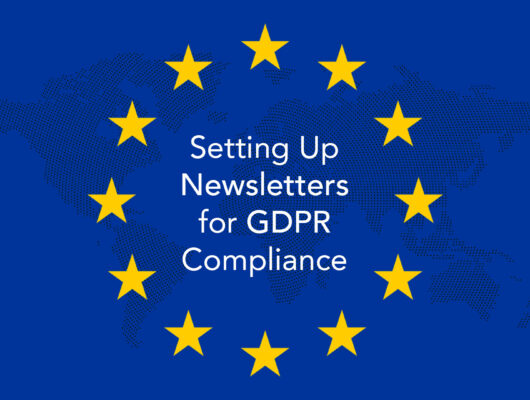This article highlights common data security vulnerabilities in companies and outlines steps to improve compliance with GDPR regulations and SOC 2 audits.
Companies must be aware of the risks related to the processing of their data and take necessary steps to prevent unauthorized access, disclosure, or loss of personal data. Common vulnerabilities are as follows:
1. Inadequate access controls
When employees or third parties have excessive permissions or access to personal data, there is a higher risk of unauthorized access or misuse of the data.
2. Weak passwords
Weak or easily guessable passwords can be easily hacked, allowing unauthorized access to sensitive data.
3. Lack of encryption
Personal data should be encrypted both at rest and in transit to protect against unauthorized access or interception.
4. Malware and phishing attacks
These are common methods used to steal personal data or gain unauthorized access to networks and systems.
5. Third-party risks
Companies must ensure that their third-party vendors and service providers are also implementing adequate data security measures.
To prevent data breaches and comply to GDPR regulations, it is necessary to take immediate action to resolve data security weaknesses. High fines and reputational harm may follow from failing to take appropriate action.
SOC 2 Certification
Regarding SOC 2 certification and audit related to GDPR, SOC 2 is a type of audit report that assesses a company’s data security, availability, processing integrity, confidentiality, and privacy controls. SOC 2 reports can provide assurance to customers and other stakeholders that a company is compliant with data protection and privacy regulations, including GDPR.
SOC 2 certification can be helpful for proving an organization’s devotion to data protection and privacy, even though it is not required for GDPR compliance. Data security risks can be found, addressed, and recommendations for improvement can be provided by SOC 2 audits.
Ensuring GDPR Compliance and Data Security
Organizations must implement a number of steps to increase data security. To find potential security vulnerabilities and figure out which ones have to be handled first, a thorough risk assessment is the very first thing to do. The implementation of proper security measures, such as access restrictions, encryption, and regular software updates, should come next.
Regular training and awareness programs for employees are an additional essential step to take in order to ensure that they appreciate the significance of data security and are able to recognize and respond to any security concerns.
In addition,o should think about adopting licenses or certification, such as SOC 2 or ISO 27001, to show their dedication to data security and compliance with the relevant regulations.








